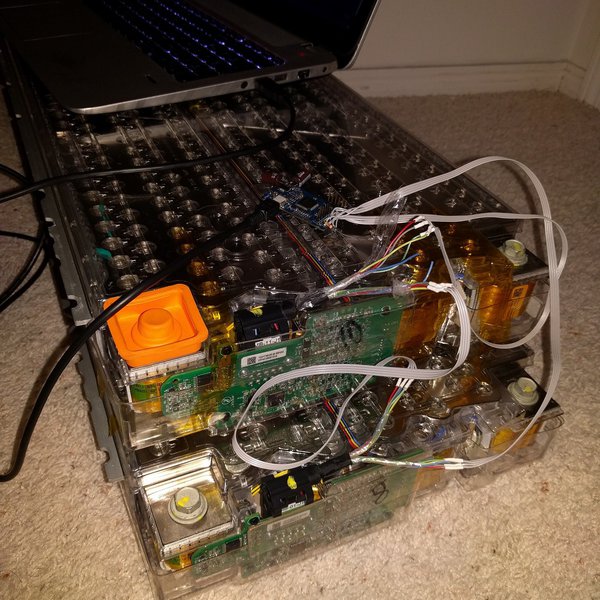NewbyMaybe
Newby1Kenowby
Heat builds up in the pack and rises to the front elevated area, rain comes off the windshield and cools the outside of it causing a greenhouse environment inside. The rear vents tend to get covered in crud which doesn't help.



